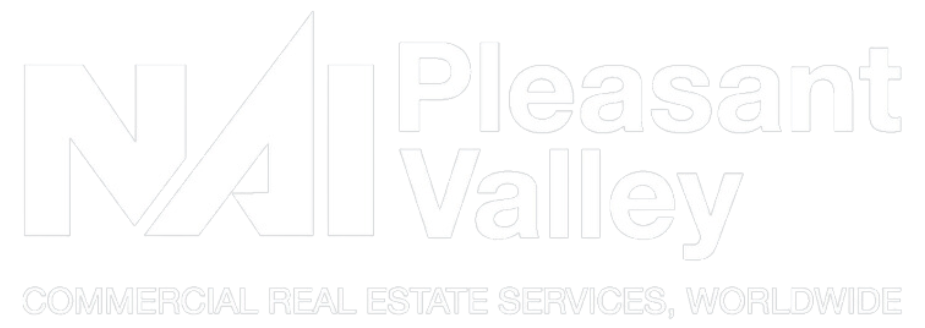Rent to Own, Part 2
 Last month, we introduced a discussion that compared leasing real estate versus owning. The focus of that article was on some of the primary advantages and disadvantages of each and included at least some degree of subjectivity. This month, we are going to look at a much more objective measure.
Last month, we introduced a discussion that compared leasing real estate versus owning. The focus of that article was on some of the primary advantages and disadvantages of each and included at least some degree of subjectivity. This month, we are going to look at a much more objective measure.
There are actually two different analytical measurements that can be used. One utilized the net present value (NPV) of each alternative while the other utilizes the IRR of the differential between the two alternatives. We will focus on the NPV measurement in this month’s article, as it’s a little simpler and more intuitive. I’ll save the IRR method for a future article, when I’m franticly scrambling for a topic. The NPV method uses the aftertax opportunity cost to compare the purchase and lease alternatives. It is important that all of the components in this analysis are after-tax, as taxation has a different impact on leasing versus owning. Also, I am going to use a simple example but will point out where additional considerations may be needed.
Let’s look at the lease alternative first. We first need to calculate the annual cash flows after tax from leasing for each year of the projected occupancy period. To calculate after-tax cash flows, we determine the tax reduction by multiplying the annual lease cost by the tenant’s tax bracket. We then subtract the tax reduction from the annual lease cost. Putting these words into action, suppose a company is considering a lease alternative as follows: a 15-year lease term with a flat $120,000 net rental rate throughout the term and a 34% ordinary income tax rate. We will also assume that the company has an after-tax opportunity cost equal to 7%. This means that their internal margin or profit rate is 7%, after tax. Click here to download entire article.
